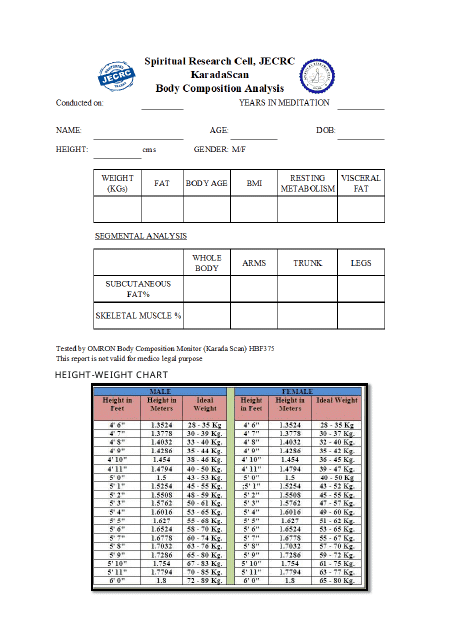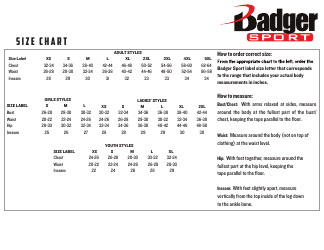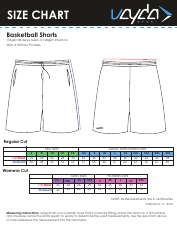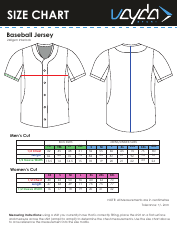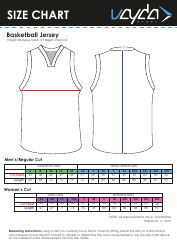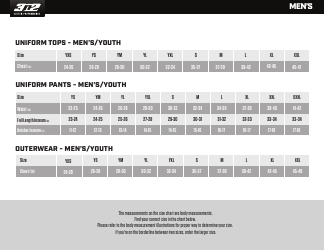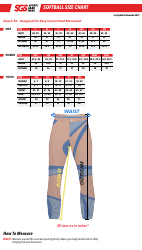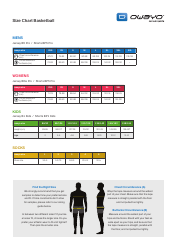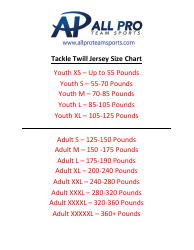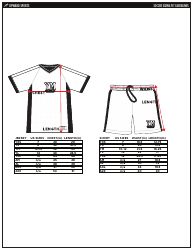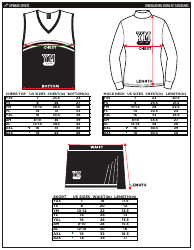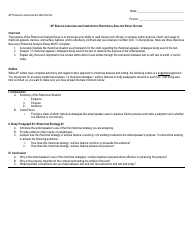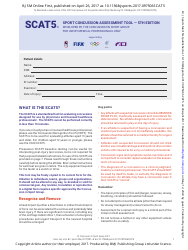Body Composition Analysis Charts
Body Composition Analysis Charts are used to assess an individual's body composition, which refers to the proportion of fat, muscle, and other tissues in the body. These charts can help health professionals and individuals track changes in their body composition over time, monitor progress towards weight loss or fitness goals, and identify potential health risks associated with imbalances in body composition.
It is typically the healthcare provider or a trained professional who files the body composition analysis charts.
FAQ
Q: What is body composition analysis?
A: Body composition analysis refers to the assessment of the different components that make up a person's body, such as muscle mass, body fat percentage, and bone density.
Q: How is body composition analysis performed?
A: Body composition analysis can be done through various methods, including dual-energy X-ray absorptiometry (DXA), bioelectrical impedance analysis (BIA), and skinfold measurements.
Q: What is dual-energy X-ray absorptiometry (DXA)?
A: DXA is a method used to measure body composition by using low-energy X-rays to differentiate between bone, fat, and lean tissue.
Q: What is bioelectrical impedance analysis (BIA)?
A: BIA is a method of body composition analysis that involves running a weak electrical current through the body and measuring the resistance to determine the amount of water and fat in the body.
Q: What are skinfold measurements?
A: Skinfold measurements involve using calipers to measure the thickness of layers of skin and fat at specific points on the body, which can then be used to estimate overall body fat percentage.
Q: What information can body composition analysis provide?
A: Body composition analysis can provide information about a person's overall health, fitness level, body fat percentage, muscle mass, and bone density.
Q: Why is body composition analysis important?
A: Understanding one's body composition can be helpful for setting health and fitness goals, tracking progress, and identifying potential health risks.
Q: Who can benefit from body composition analysis?
A: Anyone who is interested in understanding their body composition and improving their health and fitness can benefit from body composition analysis.
Q: Are body composition analysis charts useful?
A: Yes, body composition analysis charts can be useful for visualizing and tracking changes in body composition over time.
